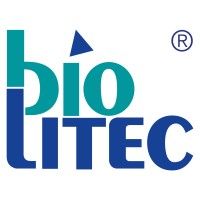Abstract:The properties of the active layer materials play a decisive role in determining the power conversion efficiency of organic solar cells (OSCs). Chlorophyll and its derivatives are abundant and environmentally friendly functional organic molecular materials. Using density functional theory (DFT) and time‐dependent density functional theory (TD‐DFT), we have calculated the absorption spectra and their excited state properties based on optimized ground state structures. It was found that bacteriochlorin exhibits superior structural properties, a smaller energy gap and hole reorganization energy, redshifted absorption spectra, and higher hole mobility compared to the donor D18. This suggests that bacteriochlorin exhibits superior donor properties. Comparative studies between o‐AT‐2Cl and m‐AT‐2Cl showed that o‐AT‐2Cl had superior acceptor properties, implying that differences in substitution positions can influence the physicochemical properties of non‐fullerene acceptors (NFAs). Subsequently, six bulk heterojunctions (BHJs) were constructed by combining three donors with nonfused ring electron acceptors, o‐AT‐2Cl and m‐AT‐2Cl. The bacteriochlorin‐based BHJs performed well among them, with BChl3/o‐AT‐2Cl and BChl4/o‐AT‐2Cl having the largest interfacial charge separation rate. The results suggested that BHJs composed of bacteriochlorin and NFAs can improve OSCs’ photovoltaic performance, providing a feasible scheme for designing efficient OSCs.






